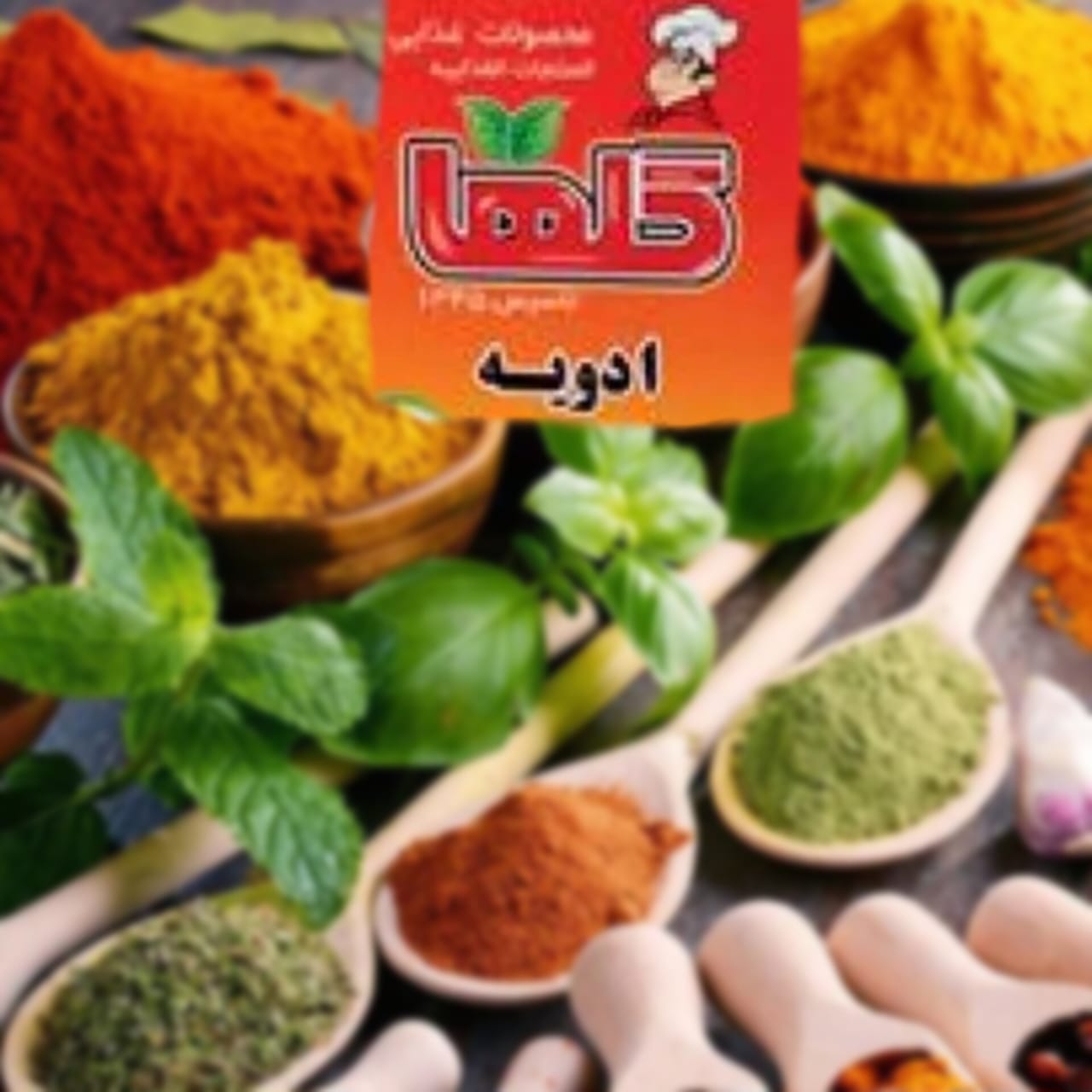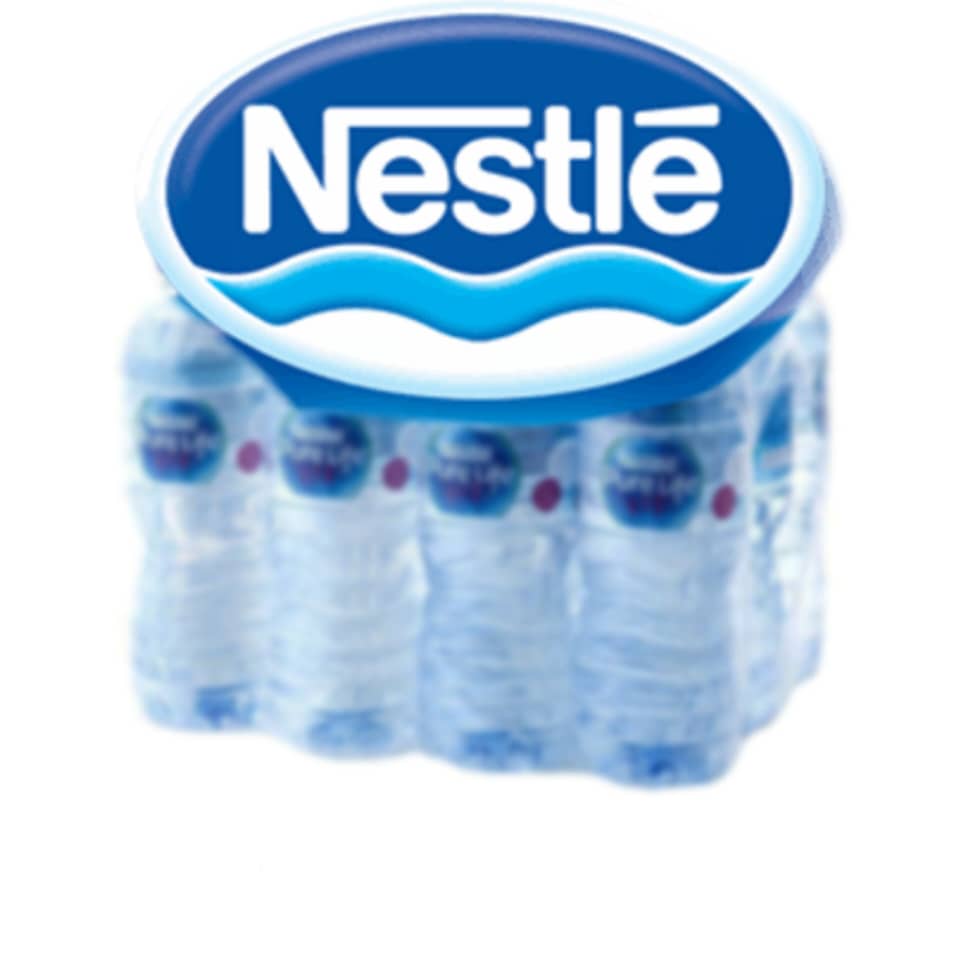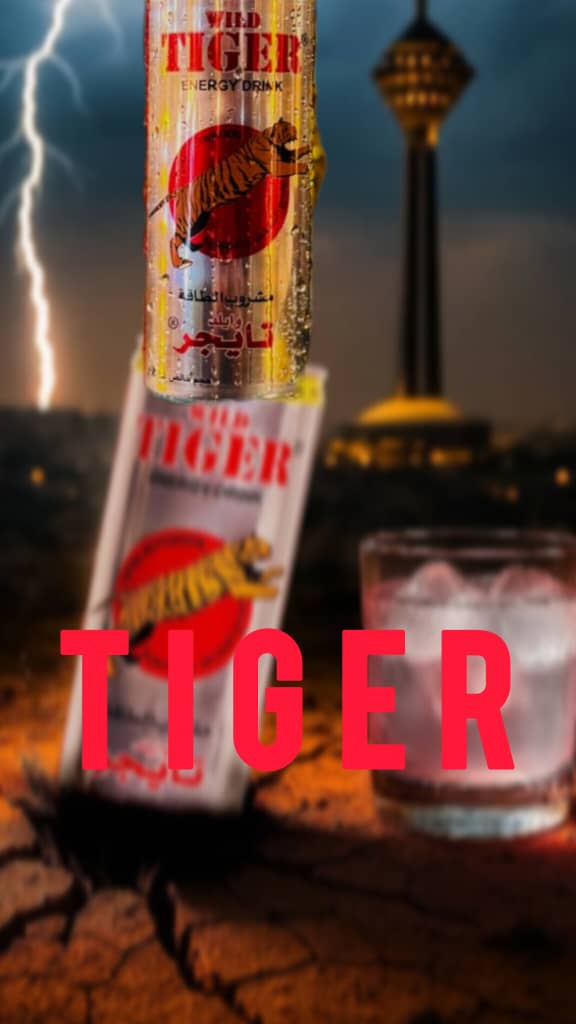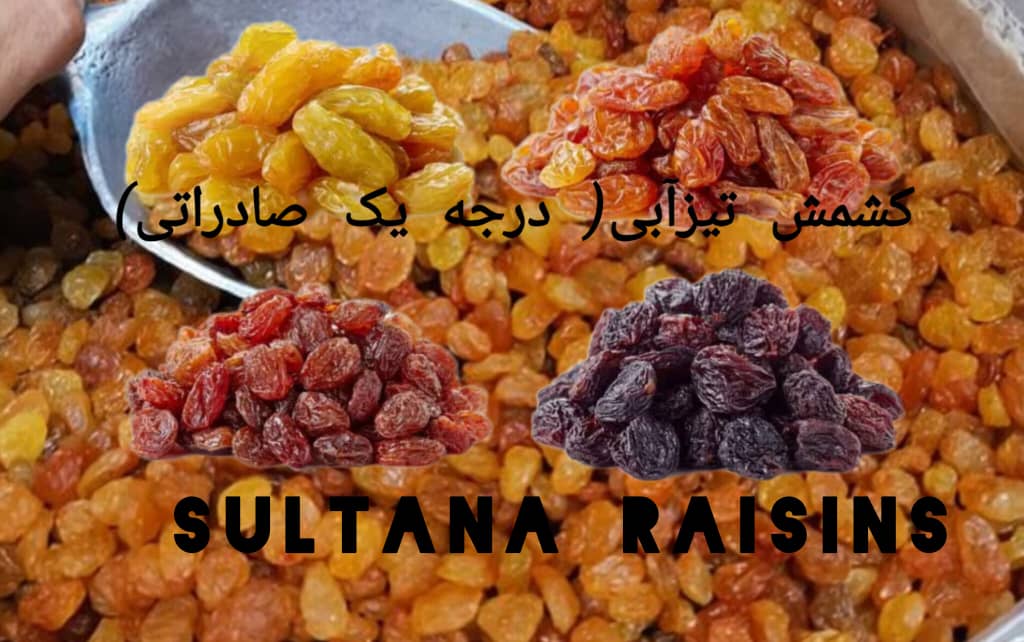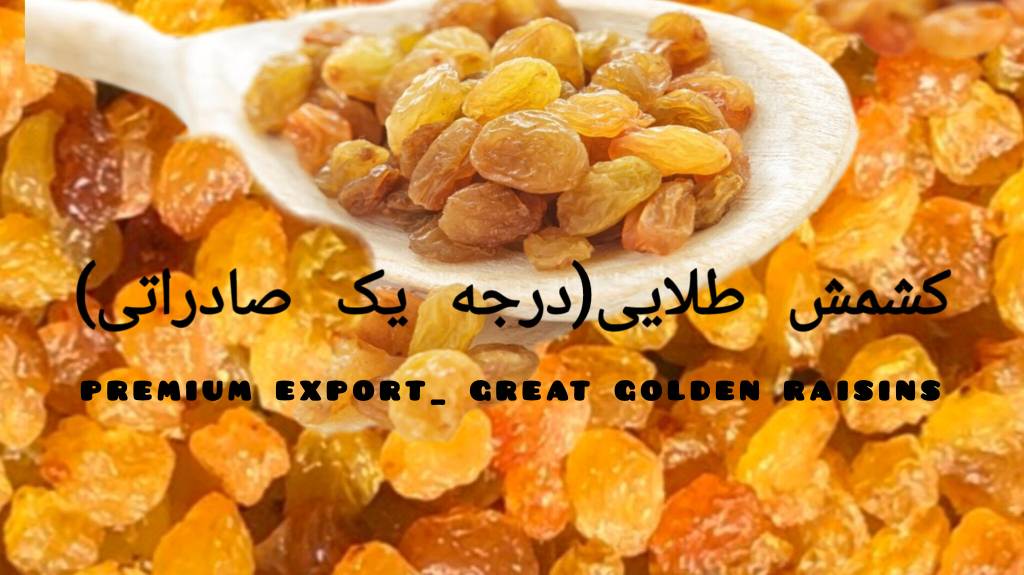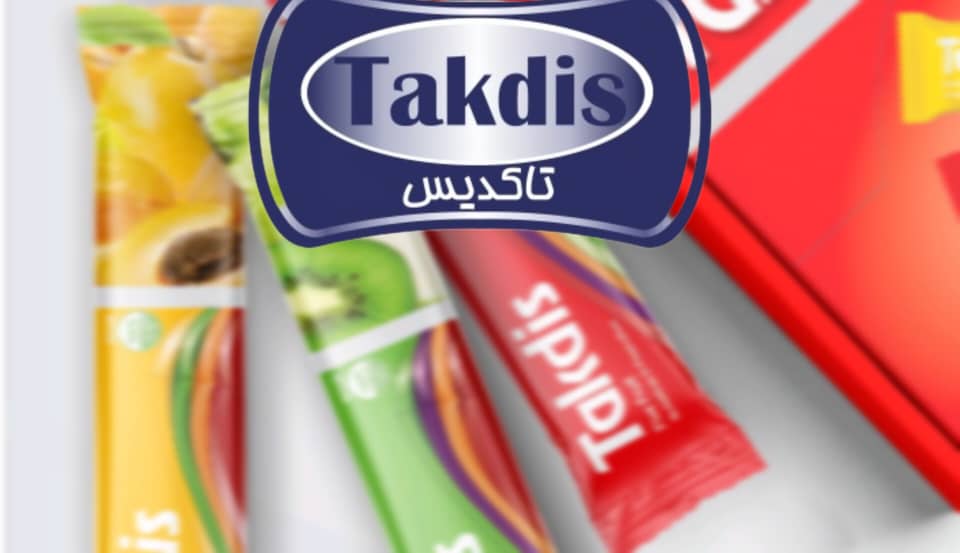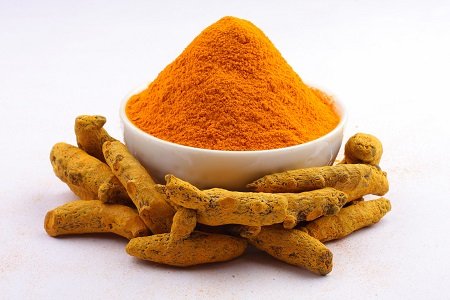
- Seen : 1444 View
Turmeric is a herbaceous, persistent and rhizome plant from which the stems are removed to a height of one to one and a half meters. The leaves of this plant have almost pods at the base of the stem, and are at the top of the stem, without pods. The flowered stem leaves the leaves and is yellowish or green in green. The part used is rhizomes, which cultivate after removing it from the ground, separating the roots and drying them after sunburn, then they are consumed. Turmeric does not come in Iran and is part of imported items.
history:
Turmeric has a bitter taste and is one of the main components of powdered and some types of mustard. Powder and Oleoresin Turmeric are widely used in the food industry as a food flavor. Turmeric has been used in Asian medicine since ancient times. In Chinese medicine, it has been used to treat various problems such as hemorrhoids and flatulence, as well as ointment and ointment for use as a medicine for the treatment of fungal infections such as tufts. Turmeric is used to control jaundice and hepatitis, and its oil is sometimes used in perfume.
Geographic Source:
Turmeric is cultivated in hot areas of Asia and Africa. Most of the exports are from India, Indonesia and China.
Turmeric
Important ingredients:
The most important compounds of turmeric yellow pigments are from the category of curcuminous. They contain about 3 to 5 percent turmeric, and its main ingredients are curcumin and dexocryminum.
Other ingredients include essential oils of 3 to 7 percent, the most important of which are Bean Bean, Guanine, Germacron, Turmeron, Zinjiburne and Corolon.
Depending on the different amounts of abundance base derivatives in turmeric disrupted species, different species can be identified.
Because the compounds and, as a result, the properties of different types of turmeric are largely similar, therefore, three different species of rhizome such as Curcuma phaeocaulis, Curcuma kwangsiensis Curcuma wenyujin are used as turmeric.
Important effects:
The most important property of turmeric is its galling property. Other properties include anti-inflammatory effects, anti-toxins, snakes, liver, anti-bacterial, anticancer, anti-nausea and stomach acid.
The description of some of its important properties is:
Antioxidant properties:
This property refers to both the categories of soluble substances in water and fat. This property of turmeric is stronger than vitamin E.
Anticancer effect:
This property is related to direct antioxidant effects, either by neutralizing free radicals or by neutralizing some of the effective carcinogens that have been proven in both in and out of the body.
Antiviral properties:
Turmeric anti-inflammatory properties are similar to those of cortisone or phenylbetazone.
Turmeric and Cardiovascular Disease:
Turmeric has a cholesterol-lowering effect and prevents platelet adhesion.
Turmeric and Liver:
Protective effect produces glialerazine or silymarin.
Intestine - stomach:
Turmeric has an anti-inflammatory effect and an increase in intestinal and stomach enzymes. A large amount of it may cause scarring, but its low levels increase gastric secretion and prevent the ulcer of stress, alcohol and indomethacin.
Antimicrobial properties of turmeric:
Turmeric essential oil has antimicrobial activity on many microorganisms, including Staphylococcus, Streptococcus, Clostridium, Sarsina, Coriander bacterium and antifungal property.
Dosage
The amount of daily intake of turmeric is about 1.5 to 3 grams, which can be used in doses of half to one gram three times. It is also better to use standardized products as drugs.
Saler Company Information

